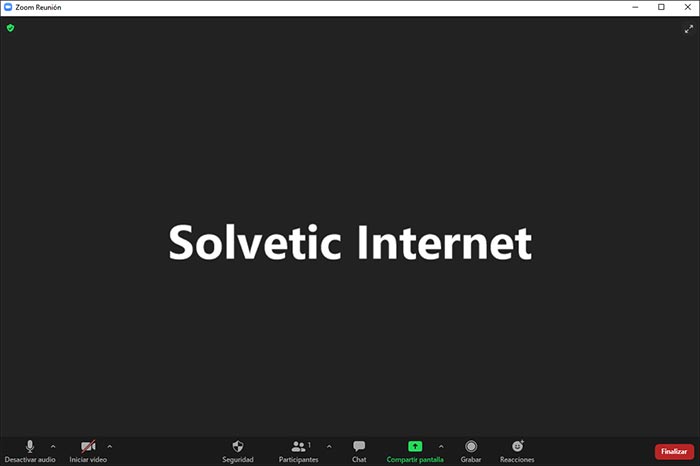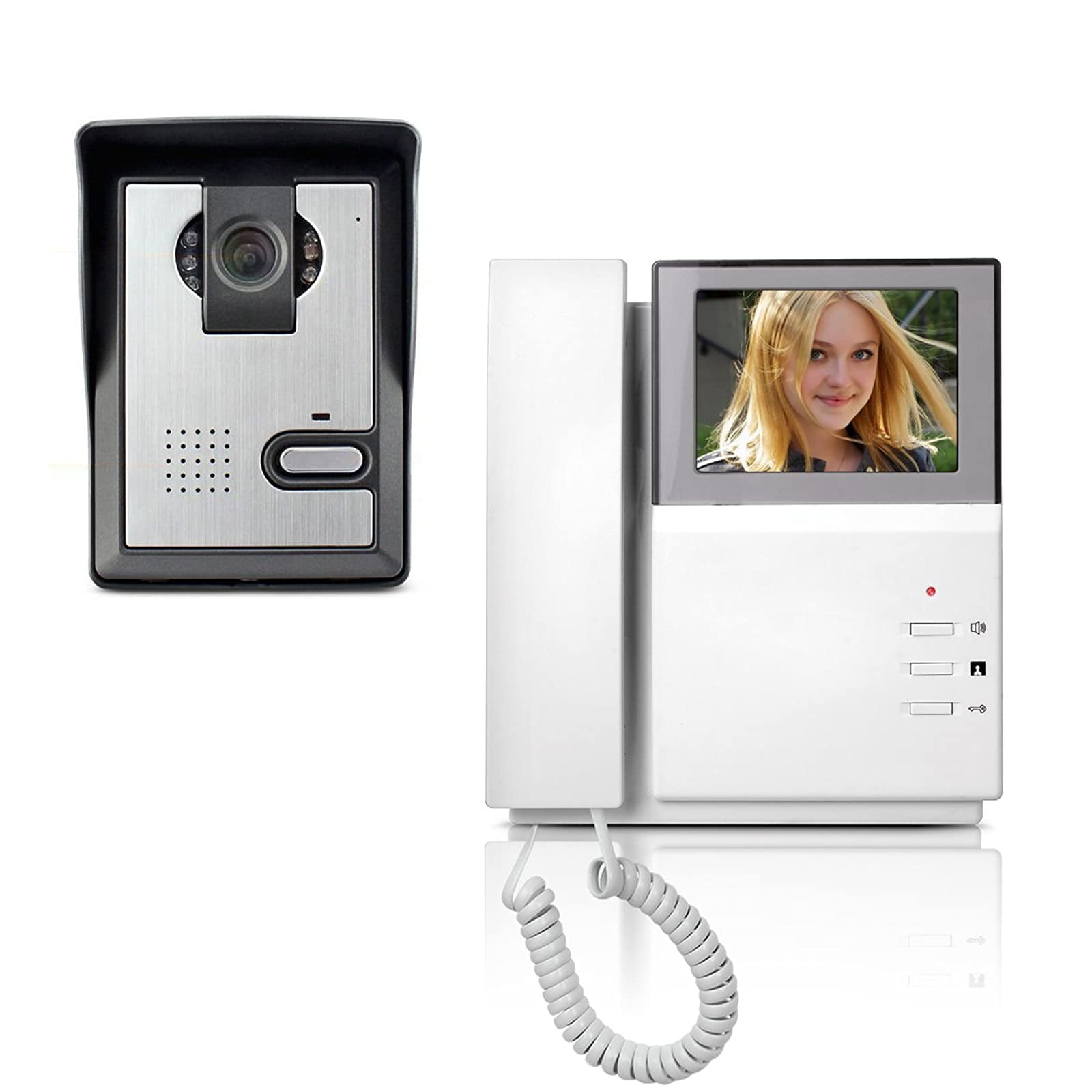

- #Mimolive program phone camera portrait upgrade#
- #Mimolive program phone camera portrait plus#
- #Mimolive program phone camera portrait mac#
If this is you, we would recommend hanging tight until the iPhone X launches in November with its f/2.4 second lens, 18:9 aspect-ratio screen and Face ID front camera.Ĭheck back to DCW then, when we’ll be able to refresh this piece and advise your camera upgrade after testing out Apple’s 2017 flagship.
#Mimolive program phone camera portrait plus#
If you have an iPhone 7 or 7 Plus however, it’s a much closer call, and one that probably won’t justify an upgrade just yet. Specifically, any iPhone owners who have felt that their phones underexpose by default should look into picking up an iPhone 8 or 8 Plus. If you’re all about traditional photography and aren’t fussed on the Portrait Mode, the two iPhones are as good as each other.įor anyone who has an iPhone 6 or earlier model, the iPhone 8 will be a revelation, and the 8 Plus, a lot of fun thanks to its Portrait and Portrait Lighting modes. Once again, Apple has loaded up its latest line of smartphones with excellent cameras. Should I upgrade to the iPhone 8 or 8 Plus? Then open a layer called PTZOptics Camera Controller. Connect your camera to MimoLive for video either through NDI, USB, HDMI or a capture card 3.
#Mimolive program phone camera portrait mac#
That said, if you get comfortable with the very convenient exposure slider, you’ll see clear improvements over the iPhone 7 – and if you want to take things to the next level, you can shoot in Raw using a third-party app. Make sure your PTZOptics camera has a static IP address on the same network as your MimoLive Mac Computer 2. Low-light shots, therefore, while looking good, won’t be for everyone. The results pull much more detail from scenes, though this can make shots feel a touch more artificial as a result. The iPhone 8 and 8 Plus seem to be responding to the latter demographic by upping the exposure across scenarios, most notably, low light. While many photographers appreciated this lack of overexposing and over-processing, others felt they were being short-changed on the exposure front. The iPhone 7 was a solid performer in low light, with unashamed, totally reasonable amounts of grain in order to retain tapered exposure and realistic images. iPhone 8 and 8 Plus: Night shots and low light Smartphones like the LG V30, Samsung Galaxy Note 8 and Sony Experia XZ1, for example, employ more forms of autofocus, which allows them to home in on subjects in less time. One caveat: exposure is aggressively weighted towards the foreground object, meaning it can blow out backgrounds by default.Īs for focus speed, it isn’t fast, but it is generally accurate. With that wide-open main lens, it blurs out the background beautifully and foreground detail is nice and sharp. It gets in closer than almost any other smartphone around, with the closest focal distance being roughly 6cm. If you love getting close to your subject, you will love the iPhone 8. To the untrained eye and for a casual social media snap it’s a very welcome addition, though it's still hit and miss, feeling like a beta around 50% of the time. The feature is definitely improved by comparison to the iPhone 7, delivering cleaner lines, especially in low light.

This means that using software, the 8 Plus can both blur out the background and apply exposure effects to the foreground. Utilising the 2x zoom camera, it gives you a roughly 56mm-equivalent focal length, combining the information from both sensors to create a depth map.


 0 kommentar(er)
0 kommentar(er)
